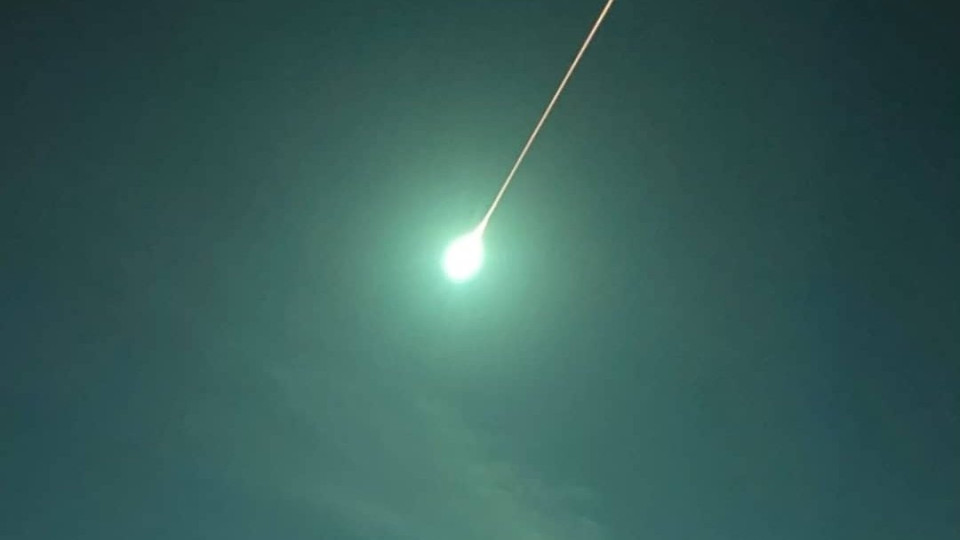"It will not be easy to find". Astronomer explains the bright light and what it is
José Augusto Matos, from the Physics Association of the University of Aveiro, reveals to "Notícias ao Minuto" that it is unlikely that fragments will be found.

© Reprodução/ Redes sociais

Tech Meteorito
José Augusto Matos, from the Physics Association of the University of Aveiro, explains that what people observed was a meteor, but it is not certain that it fell on Portuguese territory. And, he warns: If it did, in fact, fall, it will be "difficult" to find.
"The doubt is whether or not it reached the Earth's surface. And if it fell, we are still talking about a small fragment, something of 1 or 2 kilos. And that is not easy to find in the middle of the mountains, only if there is a shepherd who finds it”, explains José Augusto Matos.
The astronomer also clarifies that meteors are rocky fragments that enter the Earth's atmosphere and that, in contact with the layers of air, they heat up, causing the ball of light. This transforms into a meteorite reaching the Earth's surface.
Is it possible to calculate where it fell? Yes, but even so it will be difficult to find
Despite the low chances of finding the fragments - if they exist - it is possible to make a more approximate calculation of where the meteor fell. According to the specialist, there is an observation network of the Andalusian Institute in the Iberian Peninsula, which "recorded the passage of the meteor".
"We can try to reconstruct the trajectory, but even so, assuming that it fell in Castro Daire, due to its size [of the fragment], it will not be easy", recalls José Augusto Matos.
But if, by a stroke of luck, it is found, it will be of "extreme relevance for study".
"It would be studied in our universities and institutes. We are talking about a fragment from the age of the solar system, very important for those who study planetary sciences. Its composition and age can be determined and it can provide interesting information about a remote era of the solar system", he says to Notícias ao Minuto.
The last fragment found in Portugal was in 1998
The astronomer also recalls that the last fragment found in our country fell at the end of December 1988, in a village in Ourique. "It was something similar to what we saw tonight. The next day, a farmer found the fragment on a piece of land", he says.
The meteorite, it should be noted, was found near the village of Palheiros, by locals, where it fragmented into a fan on the ground and created a small crater. It was classified as an H4 chondrite, some of the fragments are on display at the Natural History Museum in Lisbon, including the largest one weighing 2.6Kg.
Leia Também: As imagens do clarão e rasto de luz que fizeram da noite dia em Portugal (Portuguese version)

Descarregue a nossa App gratuita.
Oitavo ano consecutivo Escolha do Consumidor para Imprensa Online e eleito o produto do ano 2024.
* Estudo da e Netsonda, nov. e dez. 2023 produtodoano- pt.com





